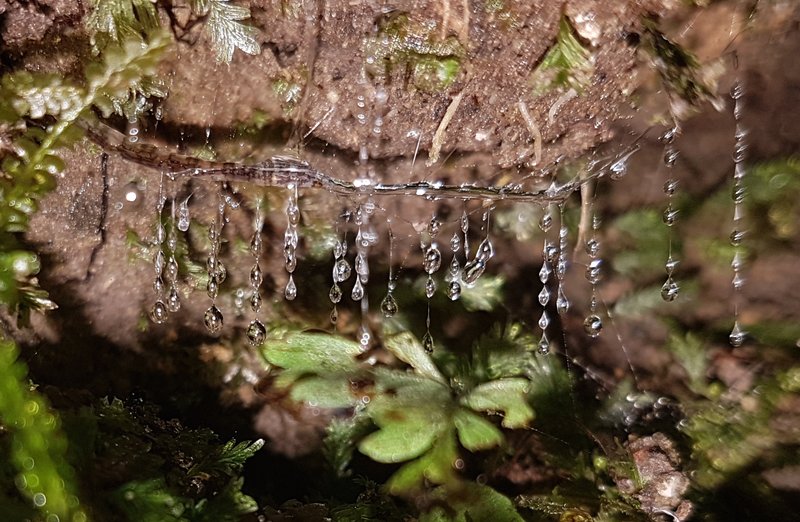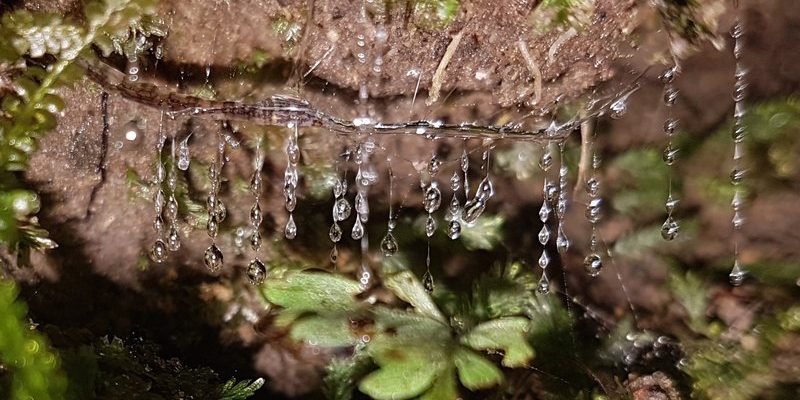
But what exactly should you include in your educational materials? The key is to blend interesting facts with relatable explanations, making it simple for everyone to understand. You don’t need to be a scientist to explain these creatures; with the right approach, you can break down complex ideas into bite-sized pieces. Let’s dive into the world of glow worms and explore how to create compelling educational content that will shine bright.
Understanding Glow Worms: What Are They?
Glow worms aren’t actually worms at all. They’re the larvae of various species of beetles, primarily from the Lampyridae family—often known as fireflies. These creatures use bioluminescence, which is the ability to produce light through chemical reactions in their bodies. You might compare it to a light bulb: just as a bulb glows when the electricity flows through it, glow worms emit light thanks to certain enzymes.
When you think about glow worms, picture a tiny, glowing lantern hanging from a silk thread, luring unsuspecting prey into its sticky web. This light serves a dual purpose: it attracts insects to eat and also helps mates find each other during the breeding season. Isn’t that a cool way of connecting with others? Understanding their biology is the first step in crafting educational materials that showcase their unique role in the ecosystem.
Why Glow Worms Matter: Their Ecological Role
You might be wondering why studying glow worms is important. Well, these little luminaries play an exciting role in their ecosystems. As predators, they help control insect populations, keeping the balance in their environments. By attracting flies and other insects with their mesmerizing glow, they contribute to the food chain. In essence, glow worms help regulate pest populations, which benefits plants, animals, and even humans.
Moreover, glow worms are indicators of biodiversity and environmental health. Their presence often signifies a thriving ecosystem, while their decline could mean something’s amiss. By educating others about glow worms, we can raise awareness about the importance of preserving their habitats. After all, everything in nature is interconnected, and glow worms are a beautiful reminder of that connection.
Creating Engaging Educational Materials: Where to Start
When you’re ready to create materials about glow worms, start with your audience. Are you targeting students, nature lovers, or perhaps a broader community? Understanding who you’re talking to will guide your content’s tone and complexity. For kids, you might want to use bright visuals and fun facts, while for adults, a scientific approach might resonate better.
Creating interactive materials is an excellent way to engage your audience. Think about including activities like “Glow Worm Observation Journals” where participants can track their findings during nighttime walks. Or, develop a simple infographic explaining the glow worm’s life cycle. Using visuals can really enhance learning and make the information stick, especially for visual learners.
Using Visuals and Analogies in Your Content
Let’s face it—written text can sometimes feel a bit dry, especially when talking about nature. That’s where visuals come in! Think of illustrations, photographs, and diagrams that can help explain complex concepts. For example, a beautiful photo of a glow worm-lit cave can capture attention and spark curiosity, making it easier to fold in facts about their habitat.
You could also use analogies or stories to illustrate your points. For instance, when describing their bioluminescence, you could compare it to a starry night sky or the twinkling of fairy lights during the holiday season. This approach can make the information relatable and stickier in your audience’s minds.
Incorporating Fun Facts and Myths
Did you know that in some cultures, glow worms have been tied to folklore and local myths? For example, some indigenous peoples believe that these glowing creatures are the spirits of the departed, lighting the way for the living. Sharing these fascinating tales can enrich your educational materials and add a layer of cultural significance to your content.
Additionally, dive into fun facts that can spark excitement. For instance, glow worms are more than just pretty lights—they can produce different colors depending on their species, and some glow worms can even survive in places with very little light. Who wouldn’t be intrigued by a creature that can hold its own in the darkest corners of nature?
Practical Resources and Tools for Educators
When you’re creating educational materials, think about the tools and resources that can aid your work. There are countless online platforms where you can find articles, videos, and documentaries focused on glow worms. Websites like National Geographic or educational YouTube channels often have high-quality content that can enhance your materials.
You might also consider using interactive online tools. Websites like Canva can help you design infographics or presentations, while quiz-making tools can make learning fun through games. The goal is to create an engaging learning experience, so look for resources that align with your audience’s learning styles.
Share and Promote Your Educational Materials
Creating educational materials about glow worms is just the beginning—the next step is sharing them with the world! Consider starting a blog or social media channel dedicated to nature education. You could share your materials, insights, and experiences, engaging with others who share your passion. This way, you can also gather feedback and continuously improve your content.
Don’t forget about local community centers, schools, or nature organizations. They might be interested in using your materials for workshops or educational events. Collaborating with others can amplify your reach and inspire more people to learn about these fascinating creatures.
By creating educational materials about glow worms, you’re not just sharing fascinating facts; you’re lighting the way for others to appreciate the beauty and importance of nature. So grab your pen, unleash your creativity, and let’s spread the glow!

